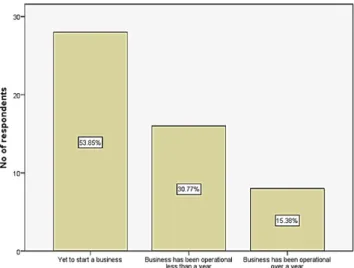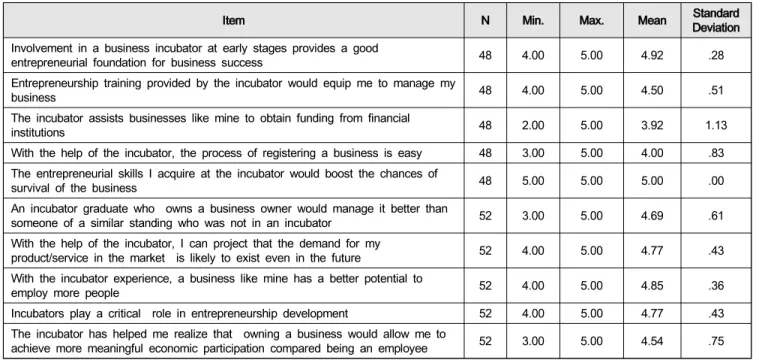* First Author & Corresponding Author, Department of Business Management, Faculty of Economic & Management Sciences, University of Pretoria, South Africa. E-mail:
chuks.eresia-eke@up.ac.za
** Research and Innovation Unit, Faculty of Business & Management Sciences, Cape Peninsula University of Technology, Cape Town, South Africa. E-mail: iwuc@cput.ac.za
*** Research and Innovation Unit, Faculty of Business &
Management Sciences, Cape Peninsula University of Technology, Cape Town, South Africa. E-mail: adesanya56@gmail.com
**** Part-Time Lecturer and Researcher, Faculty of Business &
Management Sciences, Cape Peninsula University of Technology, Cape Town, South Africa. E-mail: tichbuzy@gmail.com
© Copyright: Korean Distribution Science Association (KODISA)
This is an Open Access article distributed under the terms of the Creative Commons Attribution Non-Commercial License (https://creativecommons.org/licenses/by-nc/4.0/) which permits unrestricted non-commercial use, distribution, and reproduction in any medium, provided the original work is properly cited.

